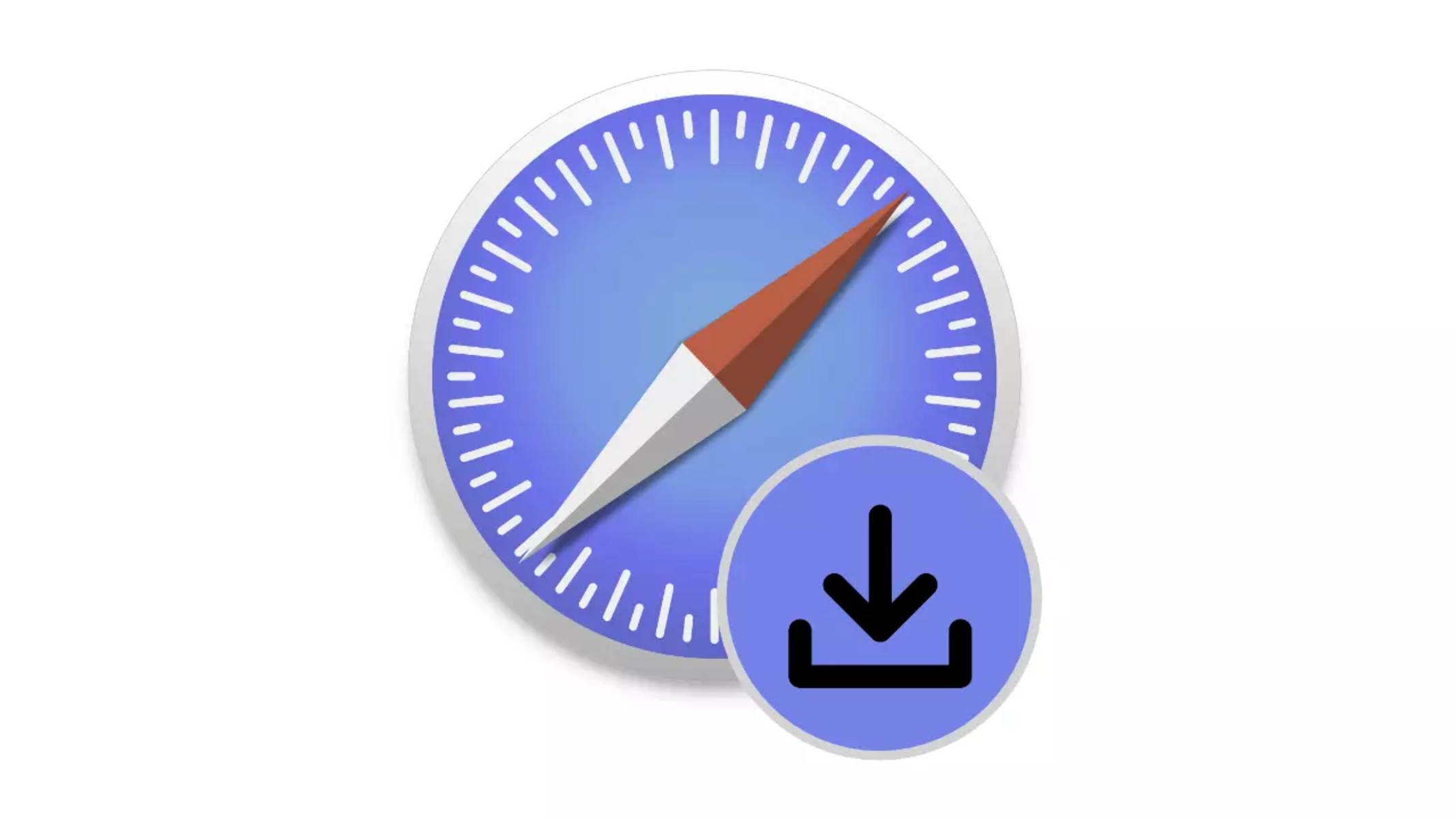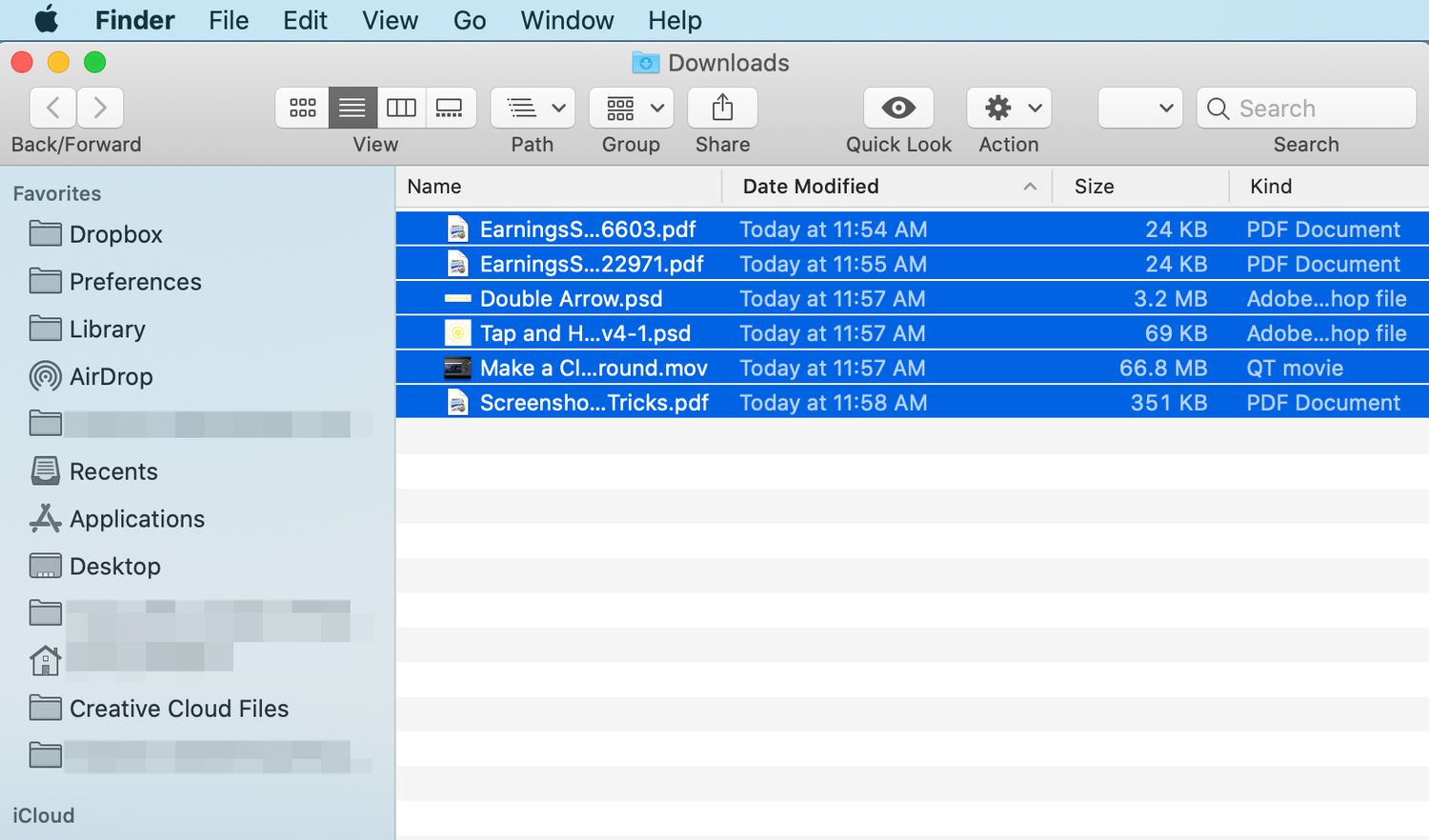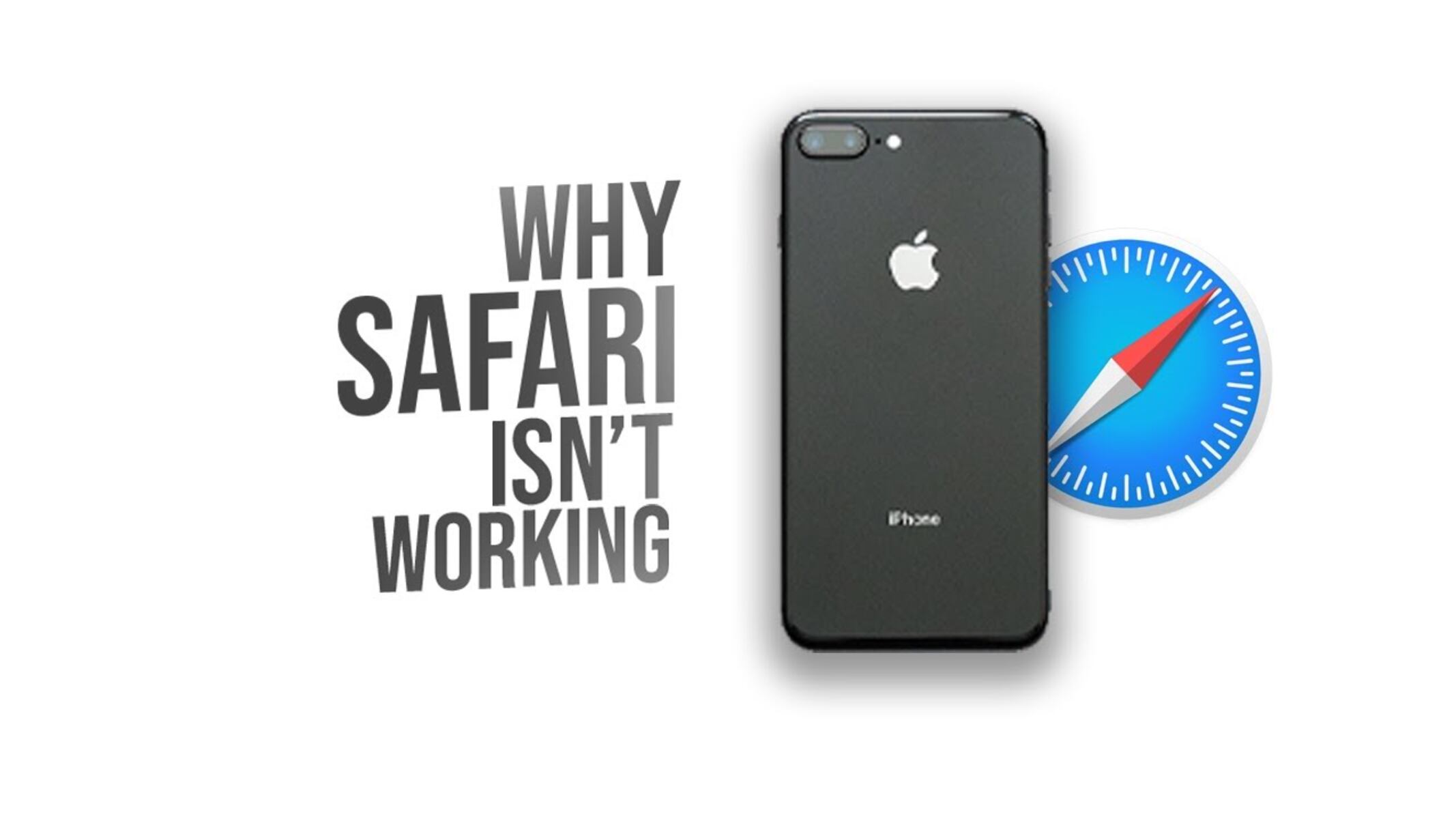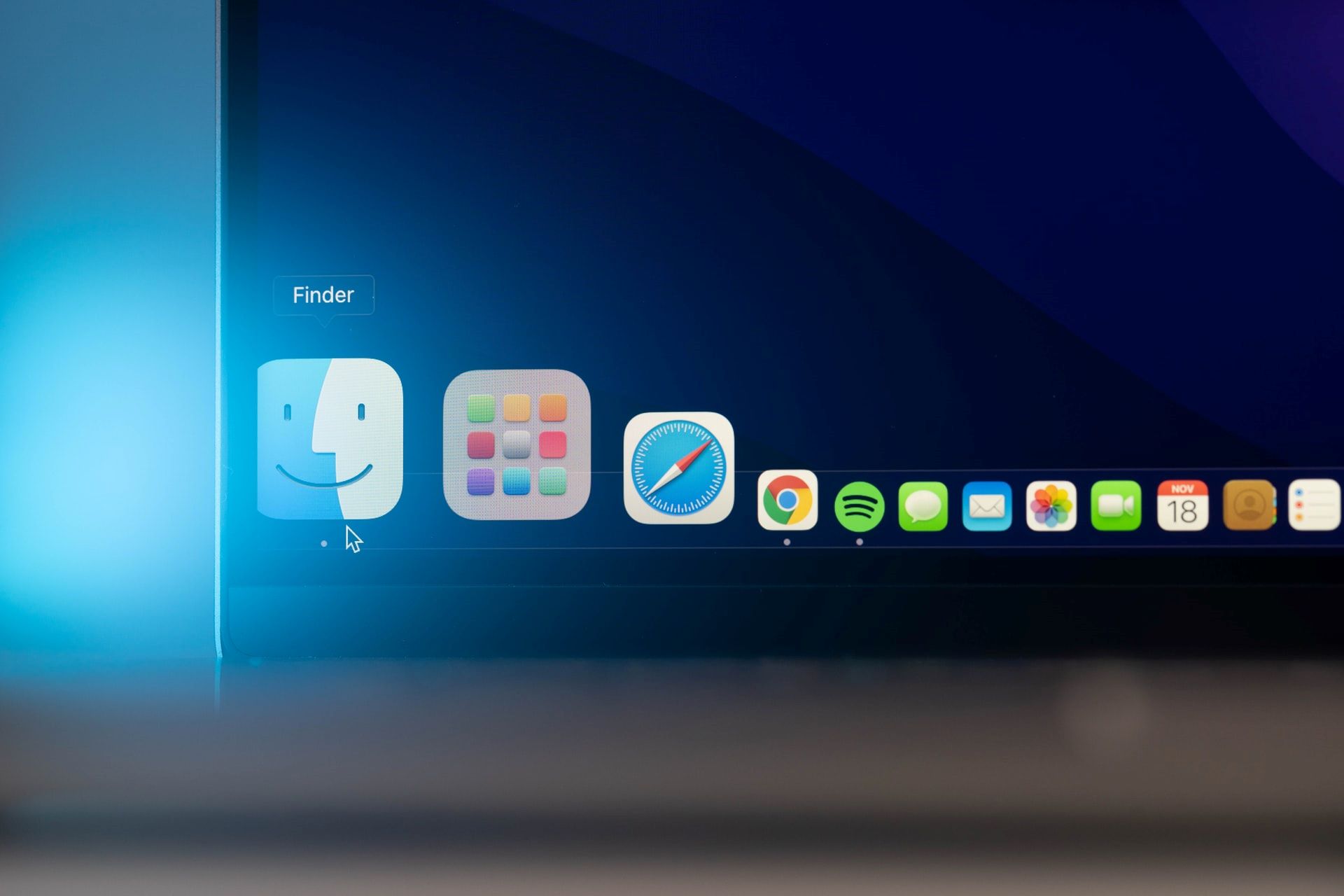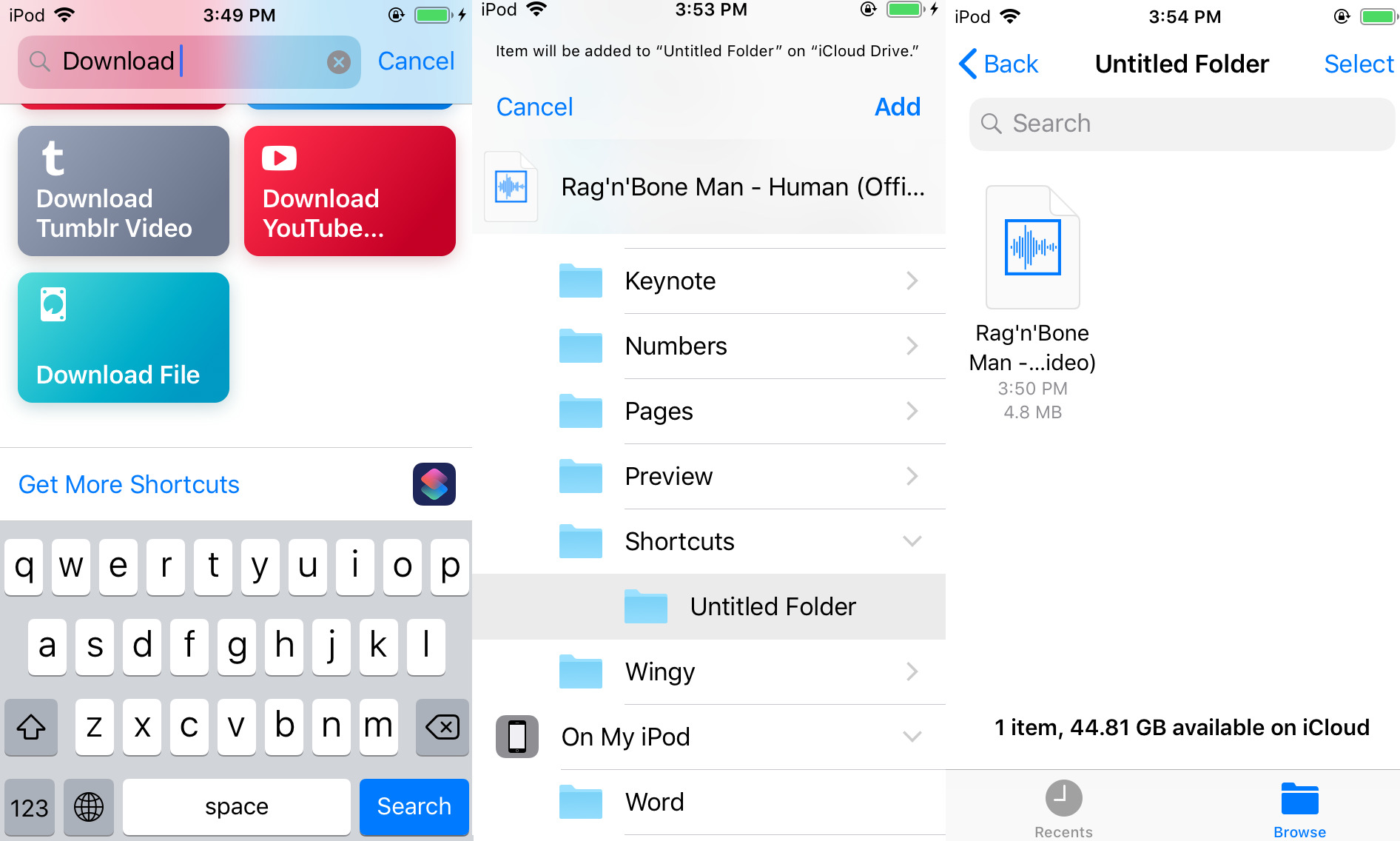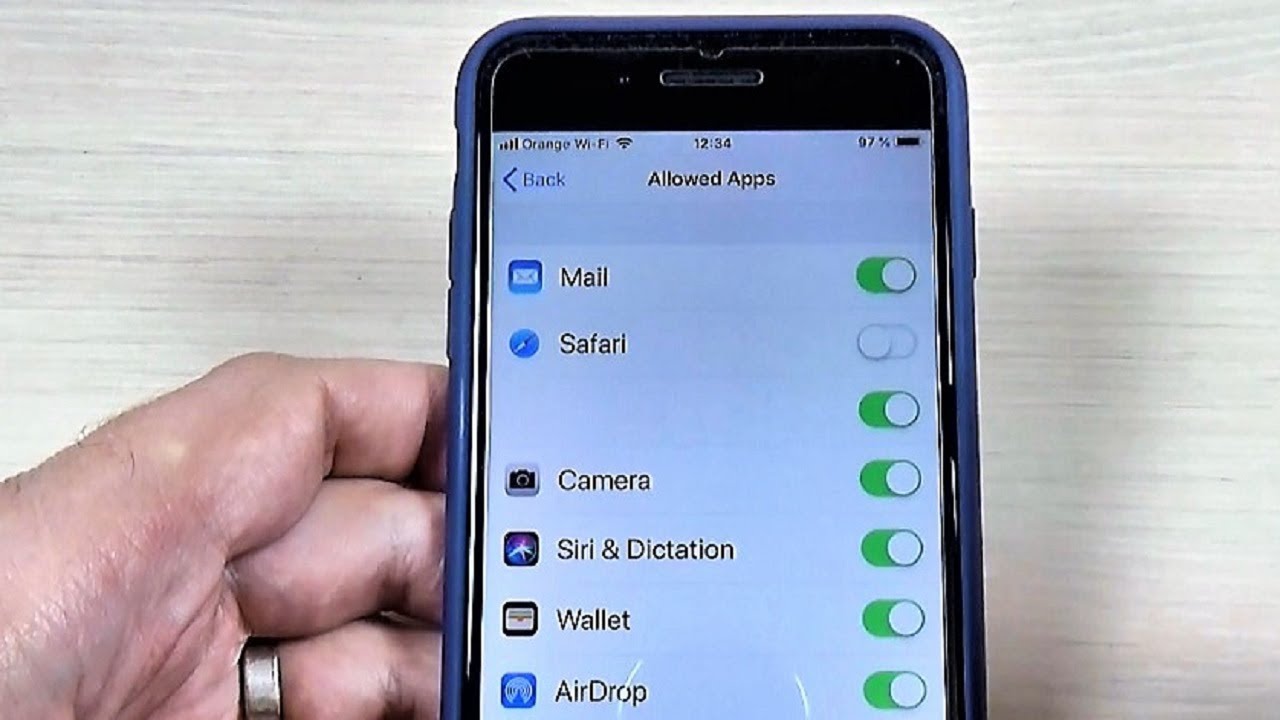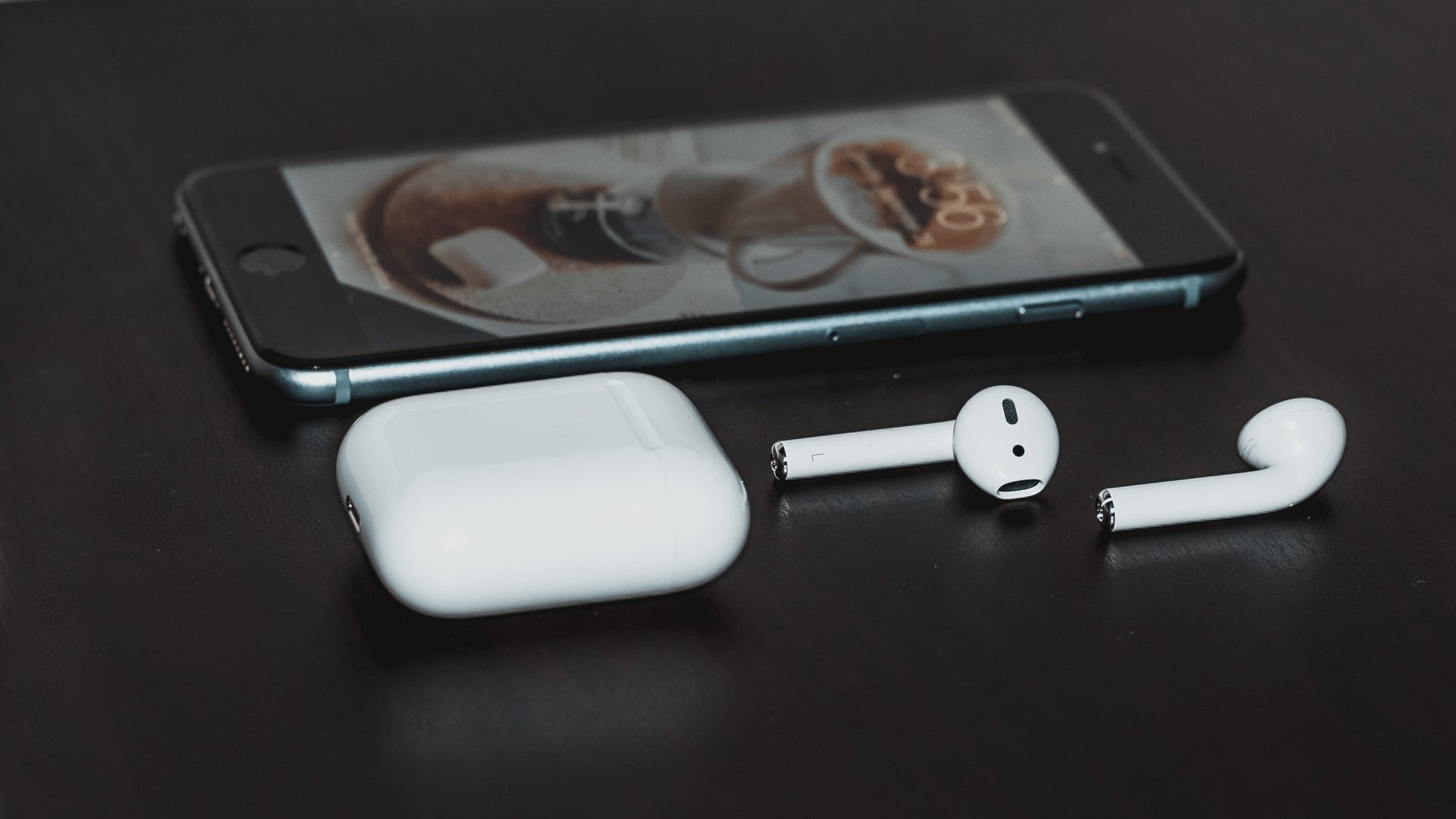Introduction
When it comes to browsing the web on your iPhone, Safari is the go-to browser for millions of users worldwide. Its sleek interface, seamless integration with Apple devices, and robust features make it a top choice for accessing the internet on the go. However, one common query that often arises among Safari users is how to view and manage downloads on their iPhones. Whether it's a PDF, a music file, or a document, knowing how to access and handle downloaded files is essential for a smooth browsing experience.
In this comprehensive guide, we will delve into the intricacies of checking, managing, and troubleshooting downloads on Safari for iPhone. From uncovering the location of downloaded files to organizing and troubleshooting potential issues, we'll navigate through the various aspects of handling downloads on Safari. By the end of this article, you'll be equipped with the knowledge and techniques to effortlessly navigate your downloaded content, ensuring a seamless browsing experience on your iPhone. So, let's embark on this journey to unravel the mysteries of Safari downloads and empower ourselves with the tools to make the most of our browsing experience.
Checking Downloads on Safari iPhone
When you download files using Safari on your iPhone, it's natural to wonder where these files end up. Unlike on a computer, where downloaded files are typically saved to a designated folder, the process on an iPhone may not be as apparent. However, fear not, as checking your downloads on Safari for iPhone is a straightforward process.
-
Accessing the Downloads Tab: To check your downloads on Safari for iPhone, start by tapping the Safari icon on your home screen. Once the browser opens, look for the "Downloads" icon, which resembles a downward arrow located in the top right corner of the screen. Tapping this icon will reveal your recent downloads, allowing you to view and access the downloaded files.
-
Viewing Downloaded Files: Upon tapping the "Downloads" icon, a list of your recent downloads will appear. This list includes various file types such as documents, images, and media files. You can tap on any of these files to open and view them directly within Safari.
-
Accessing Downloaded Content: If you wish to access your downloaded content outside of Safari, you can do so by navigating to the "Files" app on your iPhone. Here, you will find a section labeled "Downloads," housing all the files you've downloaded through Safari. From here, you can manage, organize, and share your downloaded files with ease.
-
Utilizing the Search Function: In the event that you have numerous downloads and need to locate a specific file, Safari for iPhone offers a convenient search function. By tapping the search icon within the Downloads tab, you can quickly search for a specific file by name, making it effortless to find the exact content you're looking for.
By following these simple steps, you can effortlessly check your downloads on Safari for iPhone, ensuring that you have easy access to all your downloaded files. Whether it's a PDF, an image, or a music file, staying informed about your downloads is essential for a seamless browsing experience on your iPhone.
Managing Downloads on Safari iPhone
Once you've located and accessed your downloaded files on Safari for iPhone, the next step is to effectively manage and organize these files. Managing downloads on Safari for iPhone involves ensuring that your downloaded content is well-organized, easily accessible, and can be shared or utilized as needed. Here's how you can efficiently manage your downloads on Safari for iPhone:
Organizing Downloaded Files
Upon accessing the Downloads tab in Safari, you may find a collection of files ranging from documents and images to media files. To keep your downloaded content organized, consider creating folders within the "Files" app on your iPhone. This allows you to categorize your files based on type, relevance, or any other criteria that suits your preferences. By organizing your downloads into specific folders, you can streamline your browsing experience and quickly locate the content you need.
Sharing Downloaded Content
Safari for iPhone provides seamless integration with various apps, allowing you to easily share your downloaded content. Whether it's a document, an image, or a music file, you can share it directly from the Downloads tab in Safari. Simply tap on the file you wish to share, and select the sharing option to send it via email, messaging apps, or other platforms. This feature enables you to effortlessly distribute your downloaded content to colleagues, friends, or family members.
Deleting Unnecessary Downloads
Over time, your Downloads tab may accumulate a multitude of files, some of which may no longer be needed. To declutter your downloads and free up storage space on your iPhone, consider deleting unnecessary files. Safari for iPhone allows you to easily delete individual downloads by swiping left on the file and tapping the delete option. Alternatively, you can select multiple files and delete them in bulk, ensuring that your Downloads tab remains organized and free of redundant content.
Utilizing Cloud Storage
For users who prefer to store their downloaded content securely and access it across multiple devices, leveraging cloud storage services is a viable option. Services such as iCloud, Google Drive, or Dropbox seamlessly integrate with Safari for iPhone, allowing you to upload your downloaded files to the cloud. This not only frees up space on your device but also provides the flexibility to access your content from any device with an internet connection.
By effectively managing your downloads on Safari for iPhone, you can optimize your browsing experience and ensure that your downloaded content remains organized and easily accessible. Whether it's organizing files into folders, sharing content with others, or utilizing cloud storage, these management techniques empower you to make the most of your downloaded content on Safari for iPhone.
Troubleshooting Downloads on Safari iPhone
Encountering issues with downloads on Safari for iPhone can be frustrating, especially when you're eager to access important files or media content. However, with a few troubleshooting techniques, you can effectively address common download-related challenges, ensuring a seamless browsing experience on your iPhone.
Clearing Cache and Cookies
One prevalent issue that may impede the download process on Safari for iPhone is a cluttered cache and an abundance of cookies. These accumulated data can hinder the browser's performance and affect the download functionality. To address this, navigate to the Settings app on your iPhone, select Safari, and tap on "Clear History and Website Data." This action clears the cache and cookies, potentially resolving download-related issues.
Checking Internet Connection
A stable internet connection is crucial for successful downloads. If you encounter difficulties downloading files on Safari for iPhone, ensure that your device is connected to a reliable Wi-Fi network or has a strong cellular signal. Additionally, consider restarting your router or toggling the airplane mode on and off to refresh the connection, potentially resolving any network-related issues.
Updating Safari and iOS
Outdated software can lead to compatibility issues and hinder the download functionality of Safari for iPhone. To mitigate this, ensure that both Safari and your iOS are updated to the latest versions. Navigate to the App Store and the Settings app to check for available updates, and install them if necessary. Keeping your browser and operating system up to date can resolve potential bugs and enhance the overall performance of Safari for iPhone.
Resetting Safari Settings
In some instances, resetting Safari settings can address download-related issues. To do this, navigate to the Settings app, select Safari, and tap on "Clear History and Website Data." Additionally, you can reset Safari settings by tapping on "Advanced" and selecting "Website Data," followed by "Remove All Website Data." These actions can help resolve any underlying issues within the browser, potentially improving the download functionality.
Contacting Apple Support
If you've exhausted troubleshooting options and continue to experience persistent download issues on Safari for iPhone, reaching out to Apple Support can provide valuable assistance. Apple's support team can offer personalized guidance and troubleshooting steps tailored to your specific concerns, ensuring that any underlying issues are effectively addressed.
By implementing these troubleshooting techniques, you can navigate and resolve download-related challenges on Safari for iPhone, ensuring a seamless browsing experience and effortless access to your downloaded content.







